Search
Remove Ads
Advertisement
Search Results
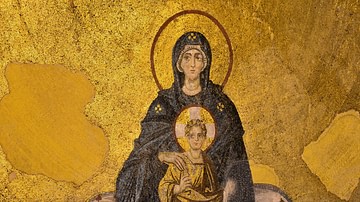
Definition
Byzantine Empire
The Byzantine Empire existed from 330 to 1453. It is often called the Eastern Roman Empire or simply Byzantium. The Byzantine capital was founded at Constantinople by Constantine I (r. 306-337). The Byzantine Empire varied in size over the...
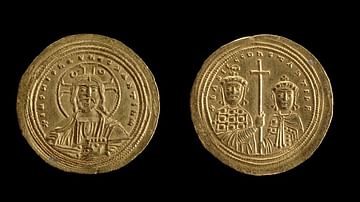
Definition
Byzantine Coinage
The coinage of the Byzantine Empire continued that of its more ancient predecessors and functioned as a convenient method of payment for goods and services, especially to soldiers and officials, and as a means for people to pay their taxes...
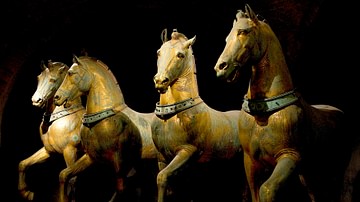
Article
The Hippodrome of Constantinople
The Hippodrome of Constantinople was an arena used for chariot racing throughout the Byzantine period. First built during the reign of Roman emperor Septimius Severus in the early 3rd century CE, the structure was made more grandiose by emperor...
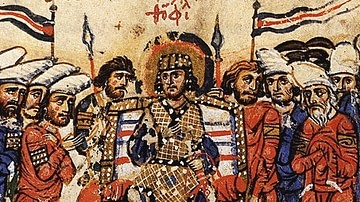
Definition
Byzantine Government
The government of the Byzantine Empire was headed and dominated by the emperor, but there were many other important officials who assisted in operating the finances, judiciary, military, and bureaucracy of a huge territory. Without elections...
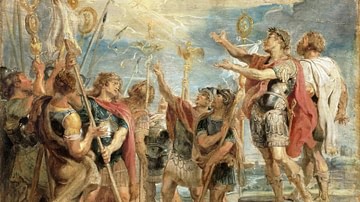
Image
Constantine's Conversion
The Emblem of Christ Appearing to Constantine / Constantine's conversion, oil on panel painting by Peter Paul Rubens, 1622.
Philadelphia Museum of Art.
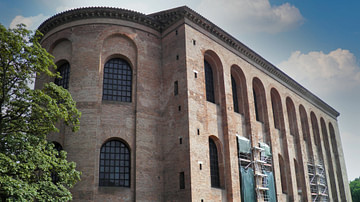
Image
Basilica of Constantine, Trier
The Basilica of Constantine (Aula Palatina) in Trier (Germany) was built around 310 CE by Constantine I (r. 306-337 CE) as the reception and throne room of the imperial palace . With an interior 67 metres (219 ft) long and 33 metres (108...
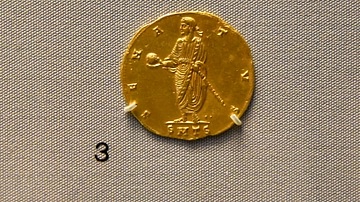
Image
Gold Medallion of Constantine the Great
Medallions with designs similar to coins could be worn as a symbol of allegiance, or given as prestigious gifts. They were specifically to be attractive, as display or presentation pieces. Gold medallion of the Roman Emperor Constantine I...
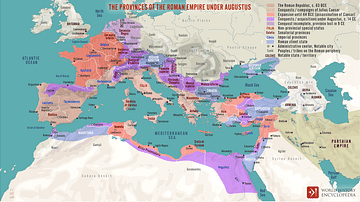
Definition
Roman Empire
The Roman Empire, at its height (c. 117), was the most extensive political and social structure in western civilization. Building upon the foundation laid by the Roman Republic, the empire became the largest and most powerful political and...

Image
Emperor Constantine
A statue of the Roman Emperor "Constantine the Great" who reigned from approximately 306 to 337 CE.
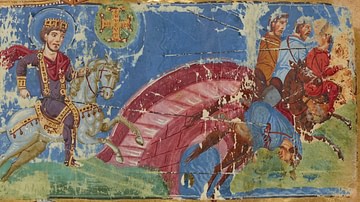
Image
Constantine's Vision
Constantine I's (r. 306-337 CE) vision and the Battle of the Milvian Bridge in a 9th-century Byzantine manuscript. Detail from folio 440 recto of manuscript BnF MS Gr510, dated 879-883 and containing the homilies of Gregory of Nazianzus...